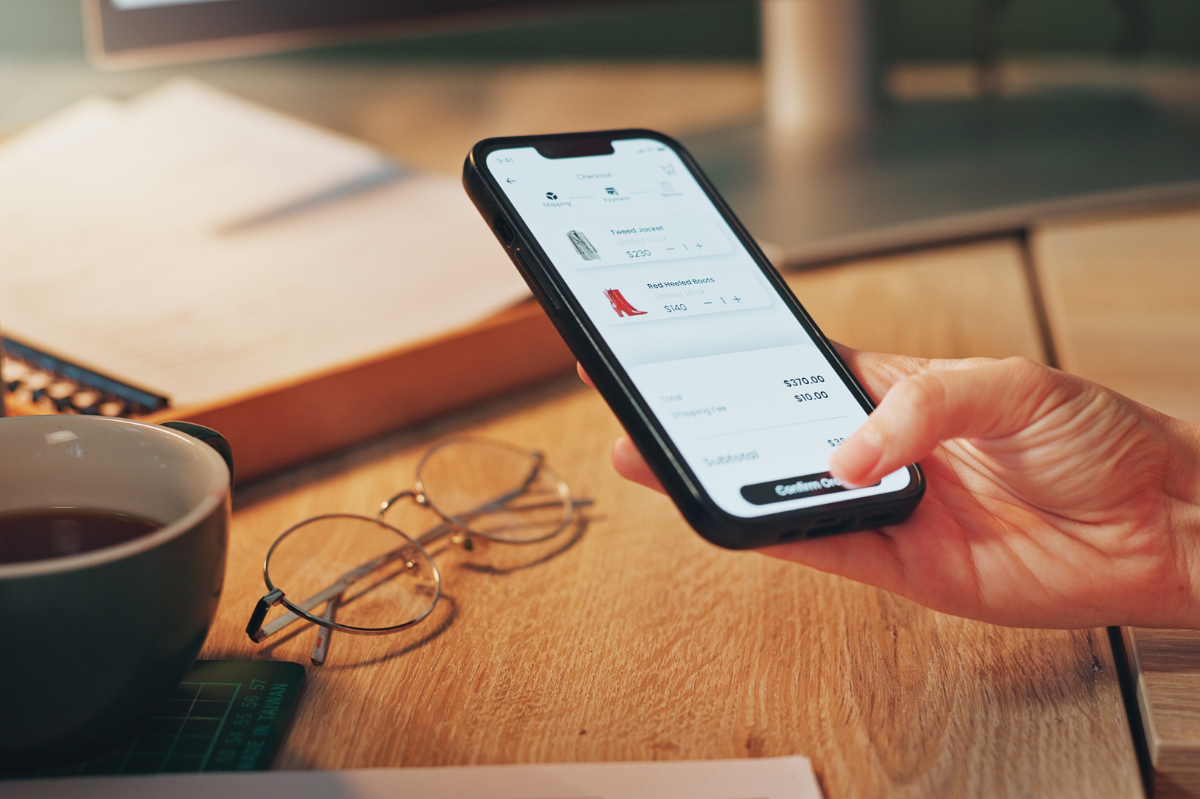Black Friday/Cyber Monday (BFCM) isn’t just a spike in sales, it’s a full-system stress test for your ecommerce operations. With the rise of online shopping and online sales, BFCM has transformed the biggest shopping day of the year, shifting much of the activity from in-store to digital channels. And for logistics decision-makers, it’s less about discounts and more about delivery execution. With pressure mounting across fulfillment, carrier networks, and customer expectations, the brands that win BFCM are the ones who planned their shipping strategy 60–90 days ahead.
This guide outlines a start-to-finish operational blueprint to help you prepare your fulfillment infrastructure, optimize your ecommerce shipping solutions, and eliminate downstream risks, before peak season begins. The holidays, especially Thanksgiving weekend, mark the kickoff for BFCM and the holiday shopping season, making it crucial to be ready for the surge in demand.
1. Forecast Demand with Operational Precision
Why It Matters:Forecasting isn’t just about units sold, it’s about capacity alignment. From labor scheduling to inventory replenishment, your shipping and fulfillment workflow hinges on accurate projections. Accurate forecasting is especially crucial for capturing retail sales during the first weeks of the holiday shopping season, when early consumer demand can significantly impact overall sales performance.
What To Do:
- Use historical data with real-time inputs: Adjust projections using YoY trends, current conversion rates, promo calendar, and inventory velocity.
- Segment by channel and SKU velocity: Don’t treat Amazon, DTC, and retail the same. Know which SKUs are driving the most volume where, and plan packaging and slotting accordingly.
- Stress-test warehouse throughput: Can your warehouse handle a 4x daily volume spike without sacrificing SLA adherence?
2. Shore Up Your Warehouse: Labor, Layout & Load Balancing
Why It Matters:
Operational drag often comes from bottlenecks inside the four walls, not from your shipping software. BFCM-ready operations are built on throughput, flexibility, and contingency.
What To Do:
- Run a pick/pack time study: Know your throughput per labor hour by order type (single-SKU, multi-line, fragile, etc.).
- Implement dynamic slotting and wave picking: Pre-slot fast-moving SKUs near packing stations, and batch similar orders to reduce picker travel time.
- Cross-train seasonal labor: Reduce training time and boost fulfillment agility when orders surge.
3. Finalize Your Carrier Strategy: Diversify and Automate
Why It Matters:Carriers are unpredictable during peak season. A smart ecommerce shipping strategy uses multi-carrier routing and rate shopping to avoid service delays and cost spikes. Selecting the optimal shipping method and negotiating with major carriers can significantly improve logistics efficiency and customer satisfaction.
What To Do:
- Audit last year’s carrier performance: Identify zones or services where delays occurred. Was it a USPS issue in Zone 8? FedEx 2-Day backups? Consider UPS as a key carrier for competitive rates and reliable service. Use this to plan better routing logic.
- Turn on real-time rate shopping: Don’t rely on default carriers. Use software that factors time-in-transit, carrier performance, and zone-based cost to auto-select the best shipping method per order.
- Add regional carriers or 3PLs: Flex in carriers like OnTrac or LaserShip in key regions. If you’re DTC, test diversifying with a 3PL for BFCM-specific overflow, ensuring orders are shipped efficiently by leveraging a mix of shipping methods and major carriers.
4. Build a Fail-Safe SLA System
Why It Matters:Customer expectations during BFCM are sky-high. A delay or missed delivery window could erode trust, spike your WISMO (Where Is My Order?) tickets, or cause returns. Missed SLAs can also lead to financial loss and cost your business money through increased returns, lost sales, or a damaged reputation.
What To Do:
- Create SLA tiers by region and carrier type: Not every order needs 2-day. Align SLA tiers to expected shipping behavior by ZIP and carrier history.
- Pre-set exception logic: Missed scan? Trigger proactive support. Weather delay? Auto-notify customers. Build automation to prevent support backlogs.
- Set a cut-off contingency plan: Know your final ship-by dates for guaranteed delivery, and communicate them early across marketing and CS.
5. Upgrade Your Shipping Tech Stack to Reduce Shipping Costs (Before It's Too Late)
Why It Matters:Old shipping software or manually maintained spreadsheets won’t cut it during peak. Bottlenecks in label generation, inventory sync, or order batching can compound under BFCM load. As an ecommerce business expands, upgrading your tech stack becomes essential to efficiently manage increased order volume and complexity. Adapting your shipping technology is crucial as your business grows to meet evolving customer expectations and operational demands.
What To Do:
- Run a pre-BFCM workflow audit: Are there too many clicks between order import and label printing? Are rules-based automations fully in place?
- Ensure your software supports rule-based automations: Example: “If SKU X, then ship via Carrier Y using Box Z.” These reduce fulfillment decision-making during peak.
- Integrate with your WMS and store platform: Sync delays = operational chaos. Make sure your stack is communicating in real time.
6. Set Up Analytics for Post-Mortem Optimization
Why It Matters:
You can’t improve what you don’t measure. The best operators plan for BFCM, but great ones build better processes from it.
What To Track:
- Carrier performance by SLA: Did each service deliver on time? By region? By order volume?
- Warehouse throughput by shift: Which hours had the most efficient picks per labor hour?
- Cost per shipment: Not just by carrier, but by channel, weight tier, and delivery speed.
Tip: Use this data to renegotiate carrier contracts or overhaul workflows ahead of Q1.
7. Supercharge Your BFCM Advertising and Promotions
Your advertising and promotions need to stand out in a crowded marketplace. Online retailers can gain a competitive edge by pairing irresistible black friday deals with attractive shipping discounts and transparent shipping rates.
Shoppers are more likely to convert when they see instant savings on shipping costs or free shipping thresholds that align with the average order value.
Major retailers often use shipping carriers’ special holiday services and shipping insurance to guarantee reliable delivery, which builds trust and encourages higher conversion rates. By analyzing your shipping expenses and average order, you can craft cost-effective promotions that maximize both sales and margins.
For example, offering tiered shipping discounts or limited-time free shipping can drive up average order value while keeping shipping costs manageable.
Don’t overlook the power of clear communication, highlight your shipping methods, delivery timelines, and any special promotions in your marketing materials. This not only sets customer expectations but also reduces cart abandonment.
8. Master Shipping Delays and Returns Management
Shipping delays and returns are inevitable during the holiday season, but how you handle them can set your brand apart from other online retailers. To minimize disruptions, diversify your shipping options by partnering with multiple carriers and leveraging fulfillment warehouses for faster, more reliable shipments.
Services like DHL Express can help you offer discounted rates and flat rates for international shipments, making your products more accessible to customers in other countries. Automating your shipping process with smart systems can deliver instant savings on shipping labels and reduce manual errors, while providing customers with accurate delivery times and carrier rates.
Offering flat rate shipping or special holiday shipping fees can simplify the checkout process and make your store more attractive to shoppers comparing similar deals.
A clear, hassle-free returns policy is essential for building trust. Provide prepaid shipping labels and transparent instructions to streamline returns, reducing friction for both your team and your customers. Proactive management of shipping and returns not only protects your bottom line but also ensures a positive holiday shopping experience that keeps customers coming back.
Final Thoughts: Start With Shipping, End With Customer Satisfaction
An ecommerce brand’s BFCM success isn’t defined by how many orders they sell, it’s how reliably they fulfill. From inventory forecasts to real-time rate logic, warehouse flow to SLA buffers, your entire ecommerce shipping strategy should be engineered for predictable speed and scalable control.
For mid-sized to enterprise brands, that means building the right operational foundation early, and letting automation, analytics, and proactive planning carry the weight come November.
Unlock smarter shipping this holiday season, talk to VESYL’s experts to automate, optimize, and save.
Learn how VESYL can save you money on shipping
Not sure which plan suits you best? Have questions about our software? Contact our sales team for expert guidance.

.png)

.png)

.png)

